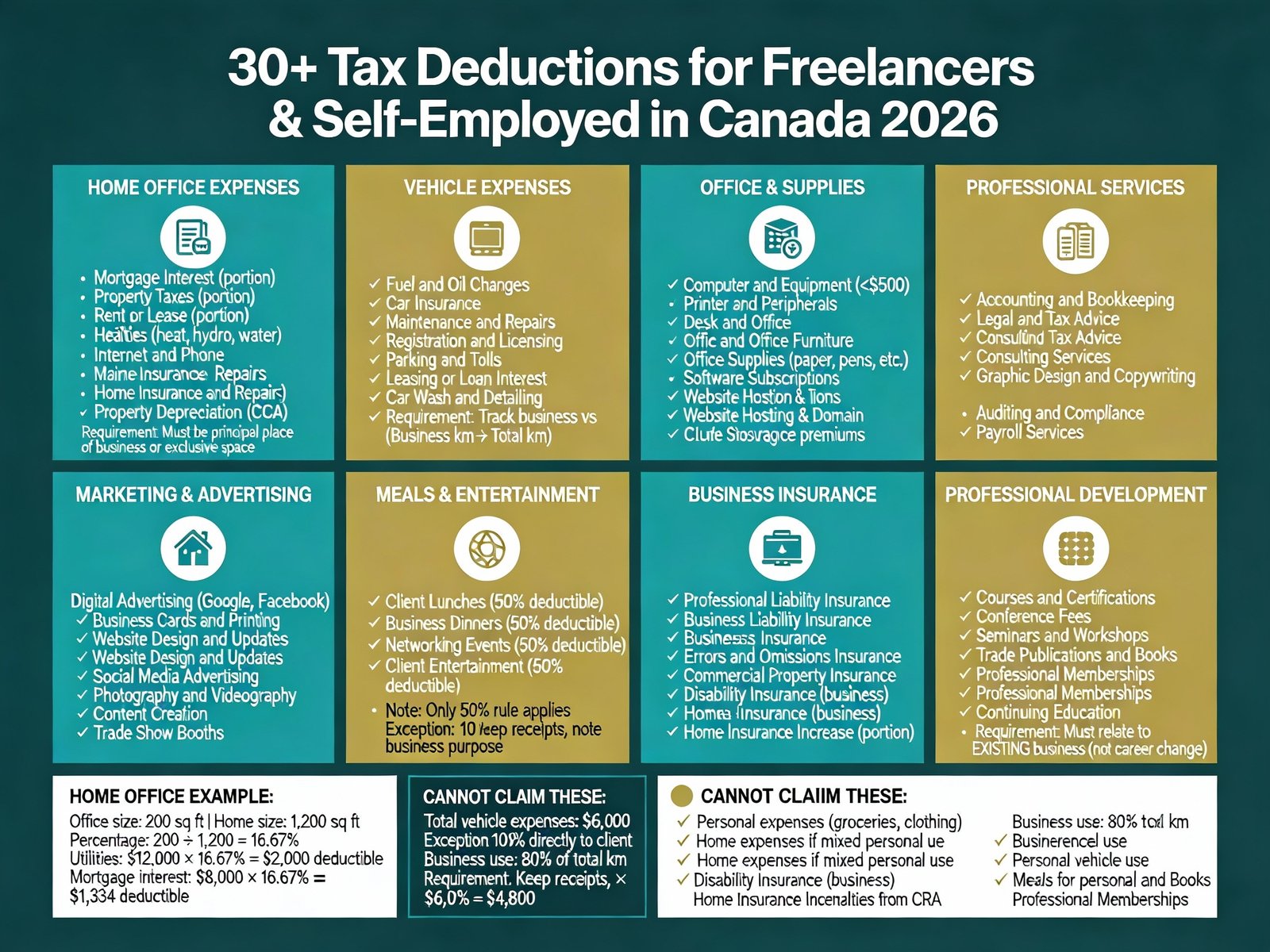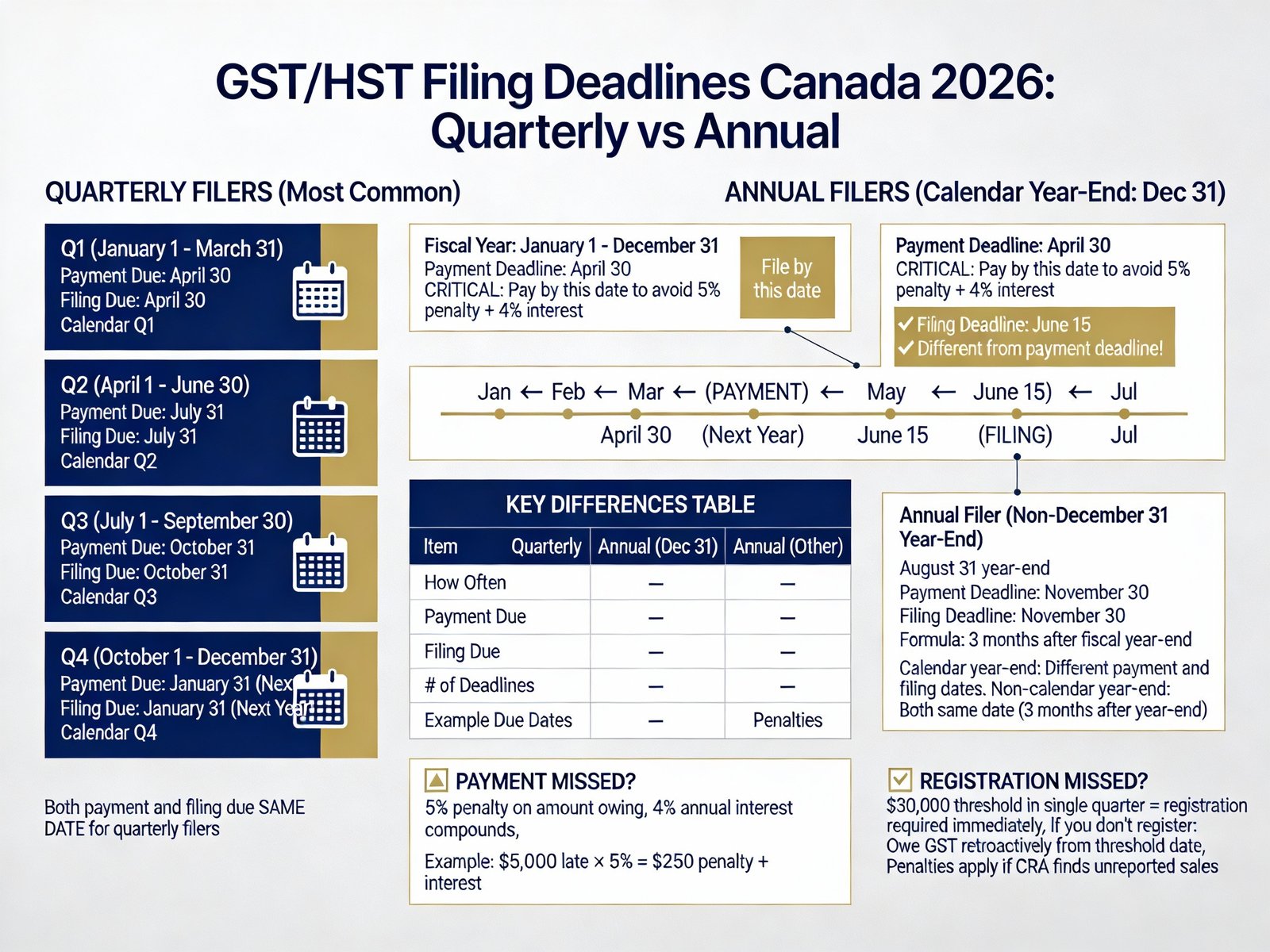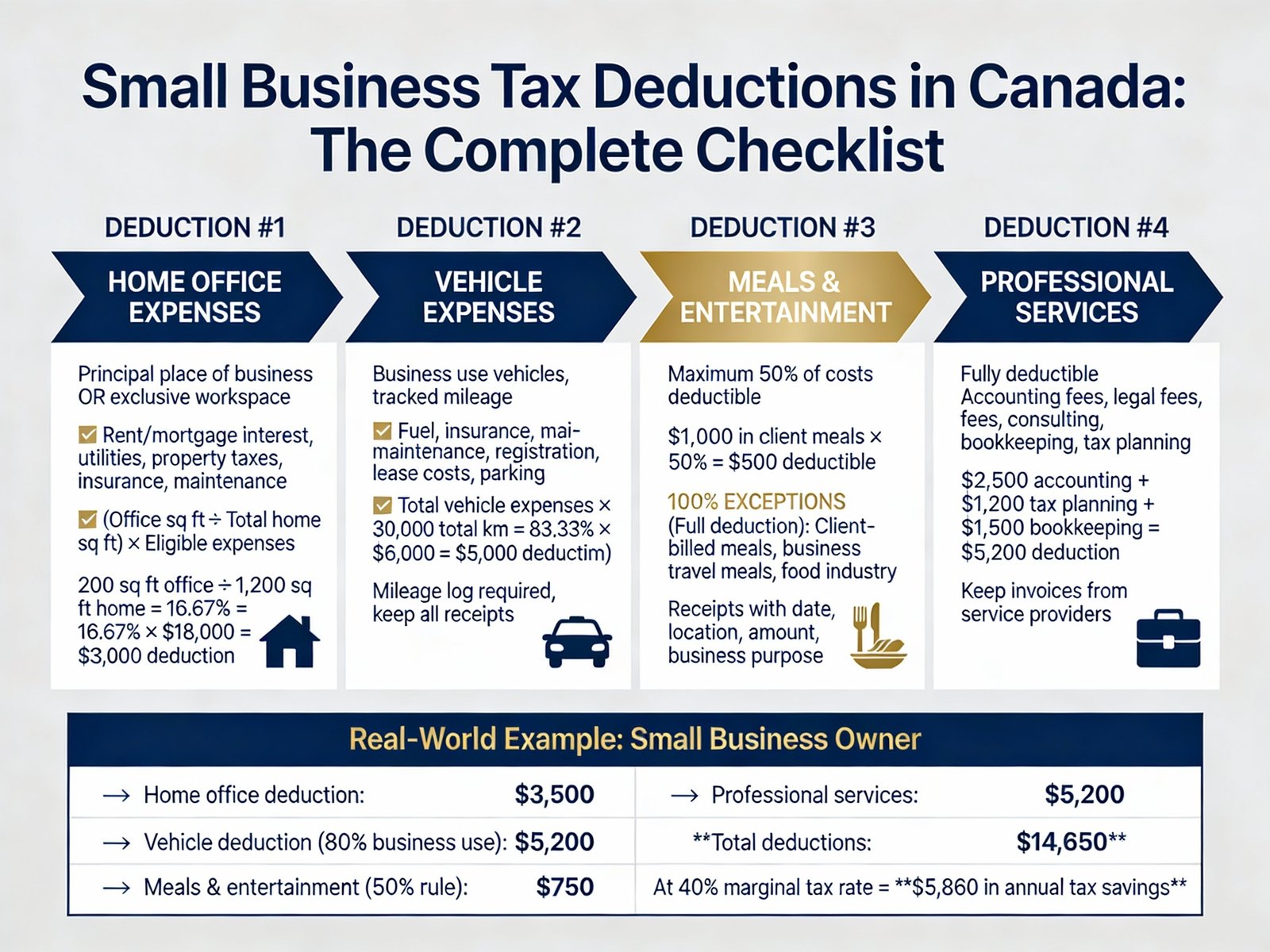
Tax Tips for Freelancers and Self-Employed in Canada
Executive Summary Canada's self-employed community faces unique tax challenges that salaried employees never encounter....
Providing Accounting & Tax service in Canada.
For those who work for themselves, it is essential to plan ahead for tax season throughout the entire calendar year. Our accounting services can help you stay on top of your financials by helping you to be organised and on top of your finances.
When determining how much tax a Self-Employed individual owes and which tax forms must be filled with the Canada Revenue Agency, it is vital to be as accurate as possible (CRA). In order to be successful as a self-employed individual, it is critical to plan for tax season throughout the year by keeping meticulous records of income, expenses, and tax deductions.
When you begin exchanging goods or services for money without the support of an employer, the federal government of Canada deems you to be a lone proprietor, according to the law of Canada. You are required to record all of your income and file your own tax returns with the Canada Revenue Agency (CRA) at this point in the tax year (CRA). It will be included in your personal income on your Personal Tax Return, which you will submit to the CRA (T1).
You are a self-employed individual, which means that your business income and personal income are indistinguishable from each other. There is no separate income tax rate for income received through your self-employed firm, and there is no deduction for business expenses to be taken into consideration. Self-employed individuals are also required to make contributions to the Canada Pension Plan (CPP) and have the option of making contributions to Employment Insurance (EI), among other things, in addition to paying income tax and other government obligations. Income tax plus CPP and/or EI contributions and benefits would be the entire amount of their tax responsibilities as a result of this arrangement.
When you file your taxes as a self-employed individual, you will need to use Form T2125 (Statement of Business or Professional Activities) to list all of your deductible business costs. In the event that you file your taxes as a Self-Employed individual, all of your business earnings will be classified as personal income, and that income will be recorded on your personal income tax return. In the end, you must know how much income you made from each client, and from all of your clients, which implies that you should expect to obtain T4A Slips from each client with whom you worked throughout the calendar year.
In order to collect HST on your sales revenue if your company generates more than $30,000 in revenue, you must obtain a GST and HST number and register with the Canada Revenue Agency. You will be required to set up a payment plan with the Canada Revenue Agency (CRA) upon the issuing of a GST or HST Number, and you will be required to repay the GST or HST after making an input tax adjustment to the CRA.
Making a living as a self-employed individual and running your own business requires a tremendous investment of time, effort, and attention. Taxes on an individual basis, as well as GST and HST returns, are handled by Bomcas Canada Accounting. In addition, we can assist you in maintaining your financial records up to date and correct. Furthermore, Bomcas Canada Accounting has made investments in a variety of accounting software and online management solutions in order to better serve its customers.
Instead, you can delegate the accounting and taxes tasks to our Professional Tax Accountant, who will handle everything for you. You can keep your hard-earned money instead of placing it in the hands of the Canada Revenue Agency, which will handle your tax obligations.

Executive Summary Canada's self-employed community faces unique tax challenges that salaried employees never encounter....

Executive Summary Canada's Goods and Services Tax (GST) and Harmonized Sales Tax (HST) system...

Executive Summary Canada's approach to cryptocurrency taxation has become increasingly sophisticated, with the Canada...

Executive Summary Filing your personal income tax return online in Canada has become the...

Executive Summary For Canadian small business owners and self-employed professionals, understanding tax deductions and...

Executive Summary Canada's cannabis industry operates in a uniquely complex tax environment. While recreational...

Executive Summary Self-employed professionals face a unique retirement challenge: they receive no employer pension...

Executive Summary Choosing between QuickBooks Online and Xero is one of the most critical...


